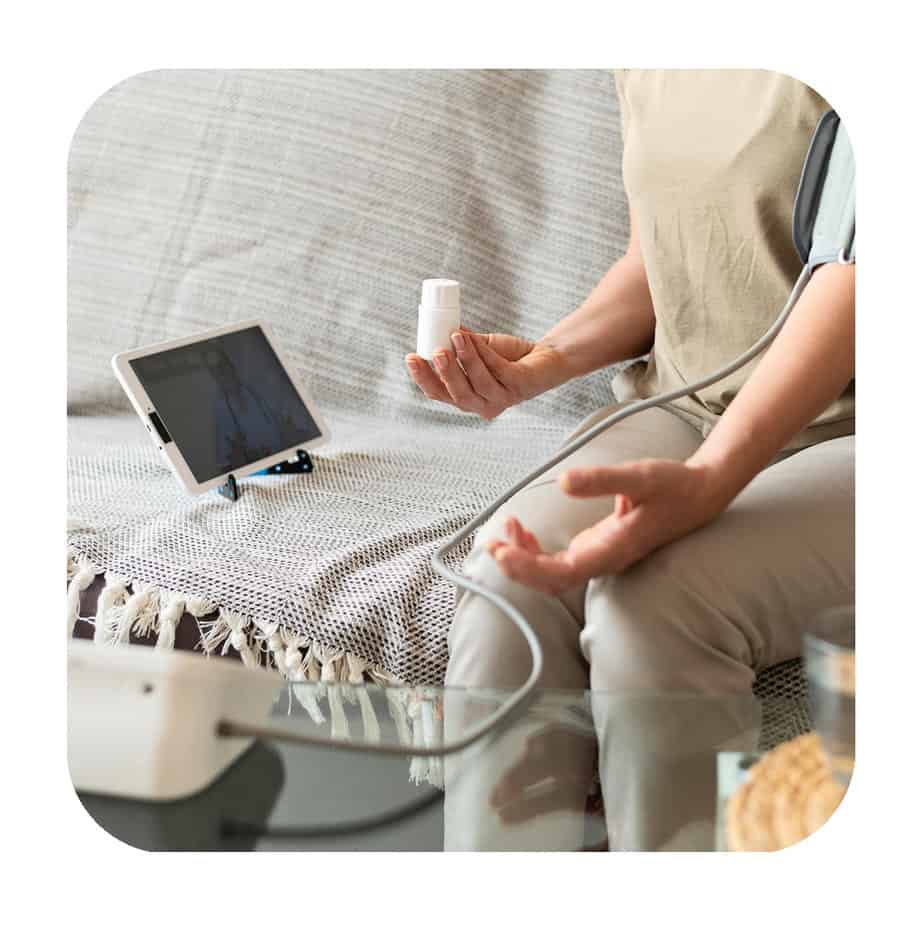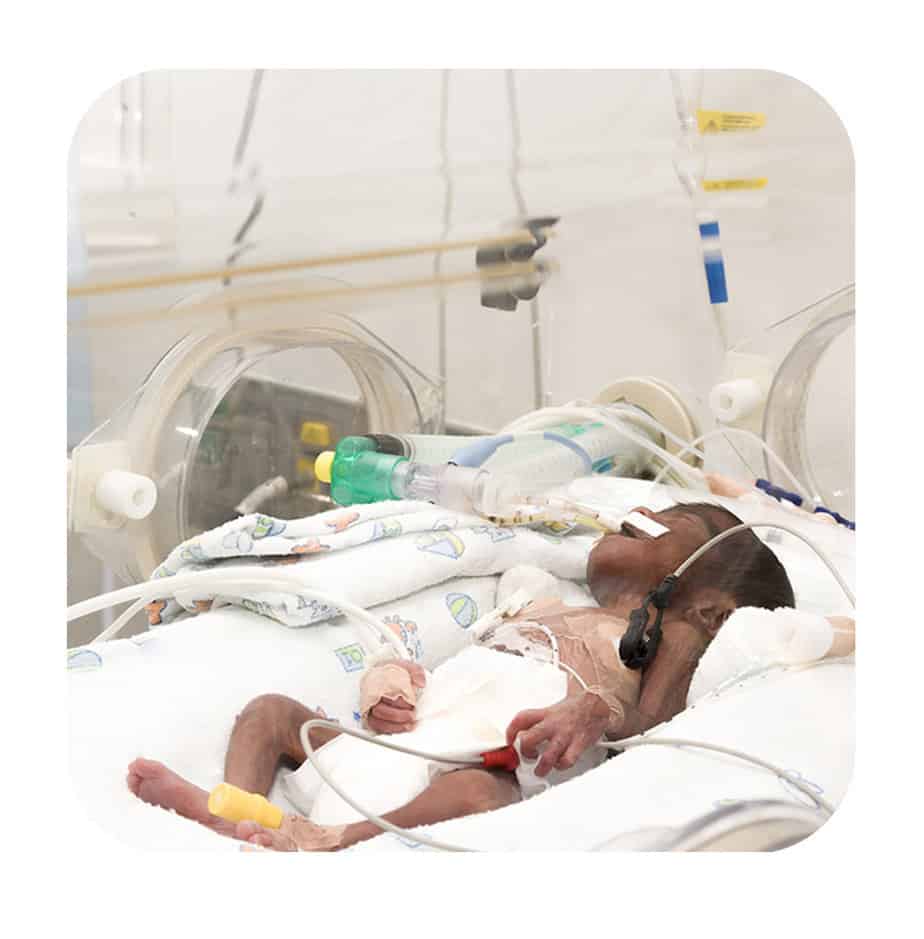Care Management
Coordinated care across the continuum
At the discharge desk - hospital, outpatient clinic, or doctor’s office - this is the point where CONTINUITY becomes paramount to successfully meeting the challenges of care management.
BettrAi’s comprehensive set of tools gives actual “teeth” to the term care continuity. It closes the gaps and fosters coordination between traditionally “siloed” care capabilities and providers, and sees the patient as the “whole person” that they are and health as the continuum that it spans.
A series of care management bundles of services have achieved payer recognition as legitimate and necessary to the optimal return to health possible for a given patient. Distinct CPT codes correspond to reimbursement for each. They encompass a broad range of management functions, intensity of care, types of providers and duration, depending on where the patient is in the recovery journey, what conditions are being managed and how many. Initial patient profiles are created through integration of electronic health records and discharge planning assessments.
Once under the umbrella of a set of care management services (transitional, principal, chronic, complex chronic, behavioral), customizable dashboards allow the care manager to visually assess and analyze a patient’s real-time status and simultaneously access any or all providers assigned to that patient’s care.
This allows for the necessary communication to take place with the physician or mid-level practitioner, the home health care nurse or aide, the social worker, the therapist, even a family member, depending on the nature of the action that is indicated to keep the patient stable and in a state of recovery, not risk of decline.
Remote Patient Monitoring (RPM)
Vital signs are called “vital” for good reason – a word defining something as “absolutely necessary or important, essential.” Remote vital sign monitoring makes key indicators of health status indicators available in real time and trackable at frequent intervals as long as the condition warrants.
Patient care management can only be as effective as the information that can be accessed to assess a patient’s condition and then act upon those findings in a timely manner. Intermittent clinical visits only capture a fleeting “snapshot” that falls far short of reflecting the fluctuations and trends over time that tell a much more complete, clinically useful, and accurate story.
Virtually every condition that requires management over time requires the ability to measure and achieve control of dynamic physiologic functions. Vital signs provide a window into those functions and are among the earliest signs one can detect, indicating that intervention is needed or that control has been achieved.


Transitional Care Management (TCM)
The transition from acute, inpatient care to a subacute, post-acute, rehabilitation, or a long-term care setting, or – most frequently to the patient’s home – is a particularly vulnerable period. With ever-shorter inpatient lengths of stay and many procedures being performed as outpatient services in hospitals, patients are leaving the closely monitored walls of institutional settings in more delicate states of recovery.
TCM is aimed at preventing adverse events in the first 30 days following hospital discharge, with a specific goal of reducing the likelihood that the patient will require re-hospitalization due to a preventable complication caused by medication error, insufficient patient and caregiver education, lack of vital supportive care to aid in activities of daily living or transportation to therapy or follow-up appointments, or unanticipated complications such as bleeding, infection, falls, medication side effects, to name just a few.
Principal Care Management (PCM)
PCM is a relatively new model of care that reimburses providers for treating patients who have a chronic condition that requires management for a period of at least three months, up to a year, and is considered complex or high-risk. Typically, these patients have been recently hospitalized and/or have experienced a significant, sometimes life-threatening exacerbation, decline in function, or other complicating circumstances. The goal here is focused on stabilization and return to primary care provider oversight and follow-up.
PCM is often the companion piece to TCM once the initial post-discharge month has passed but the patient still requires the close supervision of a qualified health provider and care team due to the expectation of a potentially labile clinical course. It may require frequent titration of medications or other aspects of the care plan, depending on vital health status indicators, lab tests, and provider assessments. Virtual health visits are an invaluable tool in keeping communication channels open and readily accessible.


Chronic Care Management (CCM)
For patients with more than one chronic condition, CCM can be initiated by way of a visit with a provider in the context of an Evaluation and Management (E/M) encounter, Annual Wellness Visit (AWV), or Initial Preventive Physical Exam (IPPE). A comprehensive assessment of the patient’s chronic health issues is documented in the electronic health record (EHR) and encompasses physical, mental, cognitive, psychosocial, functional status, along with environmental (re)assessment, and inventory of resources and supports. On this basis, a comprehensive care plan is established, focusing on management of chronic conditions.
Once in place, this provides the patient and caregivers 24/7 access to clinical staff and qualified practitioners to discuss emerging or urgent needs. Continuity of care is enhanced by patients’ ability to establish regular communication with a designated member of the care team. Telemedicine visits and secure patient portals for messaging are essential parts of CCM.
Complex Chronic Care Management (CCCM)
CCCM shares the elements of CCM, but because of the moderate to high-level medical decision-making required, it has its own unique CPT code. CCCM is a 60-minute timed service provided by clinical staff to substantially revise or establish a comprehensive care plan that involves moderate- to high-complexity medical decision making.
A “Complex Chronic Disease” (CCD) carries with it unique needs, disabling aspects, and/or functional limitations. Often multiple morbidities are present that require the involvement of multiple health providers including specialists and often home health care services.


Behavioral Health Integration (BHI)
Long overdue, but finally approaching the level of the attention it should, mental health is a central and critical component of care management. BHI uses clinically recognized assessments to identify the presence of conditions like depression, anxiety, and substance abuse.
The inter-relationship between chronic care and behavioral care management cannot be overstated. Attention to one calls for attention to the other to form an understanding of how they impact each other, and ultimately, how they impact the achievement of positive health outcomes. Worklists supporting over 40 behavioral health tasks form the foundation for reimbursement. As with all the care management categories, behavioral health integration has its own assessments, care plans, and access to the same level of practitioner support.

